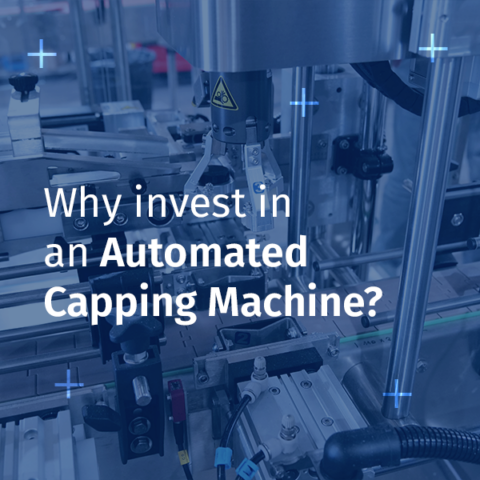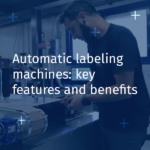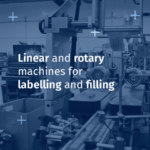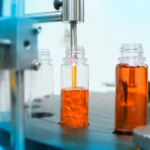Automated capping machines transform modern production lines by increasing productivity, ensuring secure sealing, and minimizing human errors. Whether in food, beverages, cosmetics, or automotive industries, automating the capping process offers significant benefits in terms of safety, consistency, and profitability.
This article explores why investing in an automated capping machine is a strategic decision for any business looking to optimize its production.
Why automating the capping process is essential for modern production lines
In an industry where every minute counts, manual or semi-automatic capping can quickly become a bottleneck. Human errors, prolonged downtimes, and quality variations are challenges that companies must overcome. Automating the capping process ensures a consistent production rate while providing uniform and compliant closures.
- Key Statistic: According to a PMMI study, companies using automated capping machines reduce their production costs by 20% to 30% compared to manual or semi-automatic processes.
Key Advantages of Automated Capping Machines
Automating the capping process offers a range of benefits that go beyond simply increasing speed. Here are the main advantages:
1. Increased Production Speed and Throughput
Automated capping machines are designed to operate at high speeds, ensuring maximum productivity without compromising quality. Some machines can handle several thousand containers per hour, which is important for large-scale production lines.
- Example: A beverage company tripled its throughput by switching from a semi-automatic capping process to a fully automated rotary machine, increasing capacity from 600 bottles per hour to over 2000 bottles per hour.
2. Consistent and Secure Sealing for Product Safety
Consistency in the capping process is essential to ensure that each container is tightly sealed, reducing the risk of contamination or leakage. Automated machines provide precise torque control for each cap, eliminating variations that can occur with manual capping.
- Key Statistic: Companies using automated capping machines report an 85% reduction in rejections due to non-compliant closures.
3. Reduced Labor Costs and Manual Errors
Manual capping processes require constant supervision and staff, which can result in high labor costs and human errors. By automating this step, businesses can reduce their reliance on manual labor, freeing up resources for other critical tasks.
- Statistic: A McKinsey study reveals that automation reduces labor costs by an average of 30% in manufacturing industries.
Types of automated capping machines: rotary vs. inline cappers
Automated capping machines can be categorized into two main types: rotary capping machines and inline capping machines. Choosing between these types depends on production volume, product type, and desired flexibility.
1. Rotary Capping Machines
Rotary capping machines are ideal for large-scale production lines. They are equipped with multiple capping heads that rotate around a central axis, allowing them to process multiple containers simultaneously.
- Advantages:
- Very high speed, up to 300 containers per minute.
- Ideal for large batches with a need for fast capping.
- Limitations:
- Higher initial cost and more complex installation.
2. Inline Capping Machines
Inline capping machines process containers sequentially, making them more flexible and suited for small to medium production runs.
- Advantages:
- Easy integration into existing lines.
- Simple adjustments for frequent format changes.
- Limitations:
- Lower throughput compared to rotary machines, typically around 60 to 150 containers per minute.
Industries benefiting most from capping automation
1. Food and Beverage Industry
Beverage producers benefit from the speed and consistency of automatic capping machines, especially for glass and plastic bottles. Precise torque control is essential to ensure that every bottle is perfectly sealed.
2. Cosmetics and Personal Care
The cosmetics industry uses a variety of cap shapes and delicate textures. Automated machines ensure precise capping and prevent damage to high-end products.
3. Pharmaceutical Products
In the pharmaceutical industry, precision and safety are important. Automated capping machines ensure hermetic and compliant closures, while also allowing for increased traceability.
Maintenance and Long-Term ROI
Investing in an automated capping machine represents a higher upfront cost, but the investment is justified by long-term benefits:
- Reduced Downtime: Modern machines integrate predictive maintenance systems that identify potential issues before they cause costly downtimes.
- Lower Repair Costs: A well-maintained machine can operate for several decades with minimal repair costs.
- Quick Payback: Thanks to increased productivity and reduced labor costs, an automated capping machine can achieve ROI within 2 to 3 years.
Conclusion: the strategic value of investing in an automated capping machine







